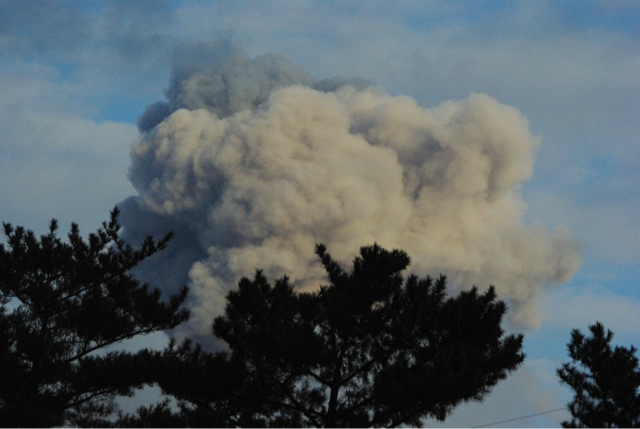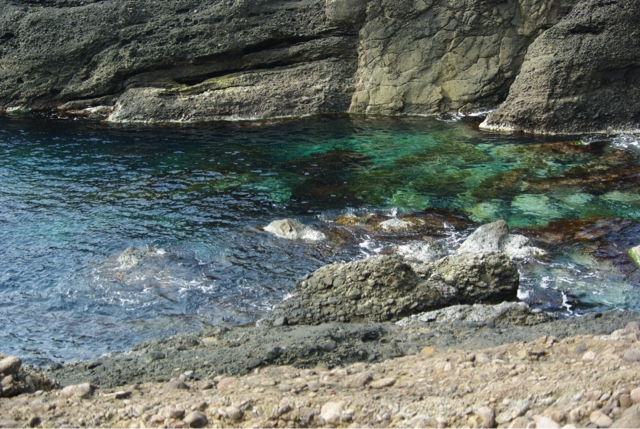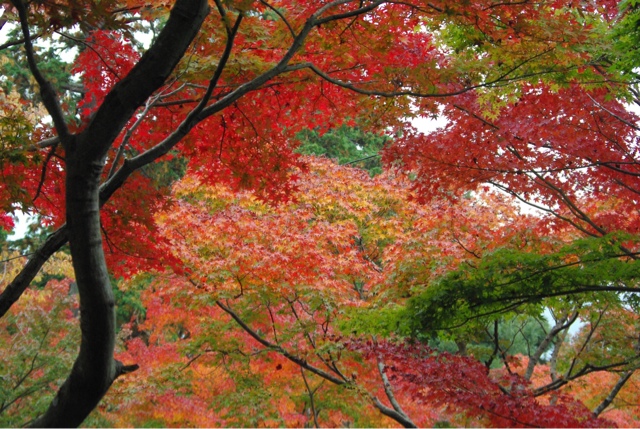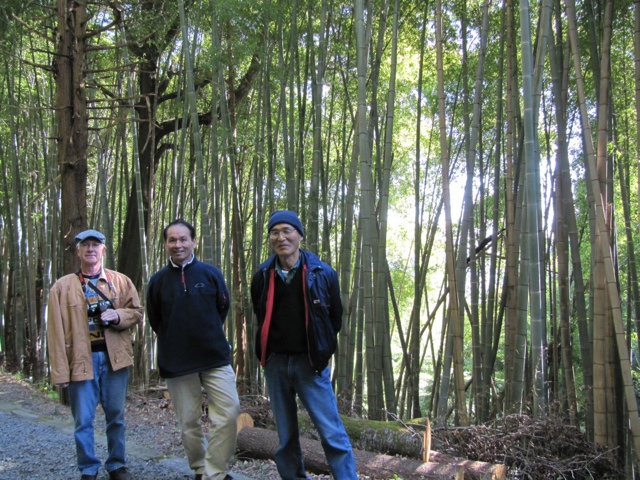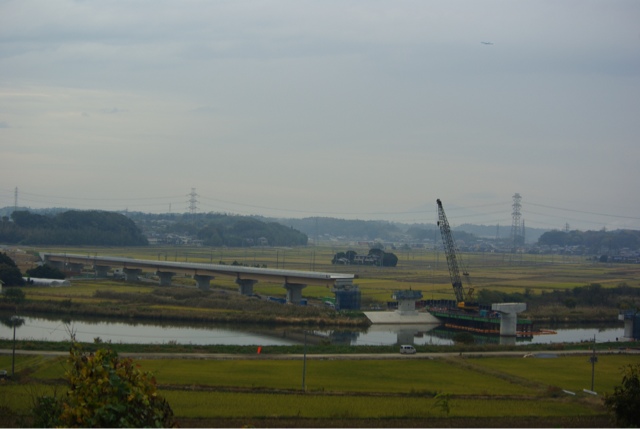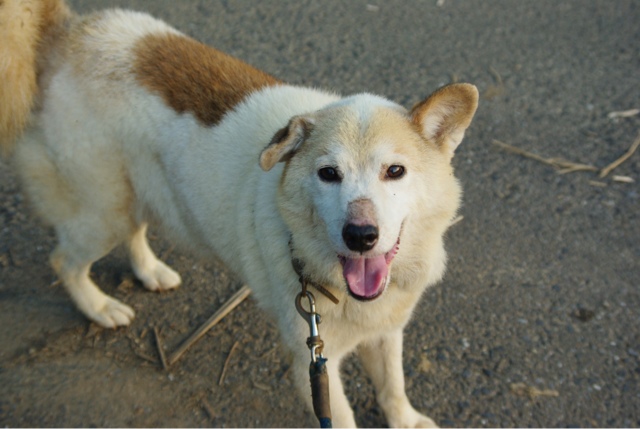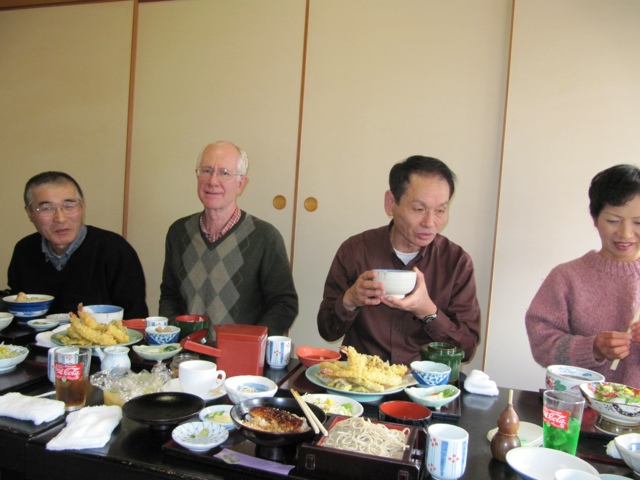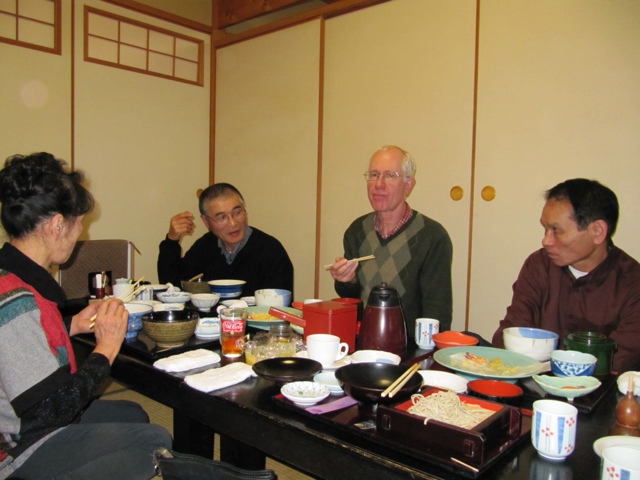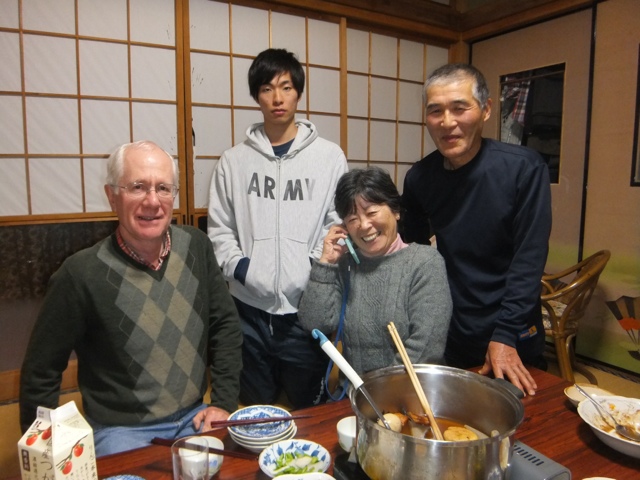This is an account of features of this country that either became apparent for the first time or were enhanced by exposure. Previous visits due to their brief nature and usually occurring in the month of May did not always reveal these impressions. Another factor that allowed us to learn much more about this country was our spending a substantial period of time in the countryside.
The Japanese climate varies remarkably from the Pacific Ocean side vs the Japan Sea side. The Pacific Ocean side has a warm current flowing from the south which ameliorates the climate. This prevents significant snowfalls except further north, for example, the Shiretoko area of Hokkaido is impacted by a cold iceberg carrying current from the Sea of Okhotsk. The Japan Sea side has violent ocean waves in the winter and heavy snowfalls inland.
Japan has incredibly beautiful mountains from snow covered peaks including Fuji-san revered by all Japanese to green cryptomeria (sugi) tree covered mountains. When asked what I would like to bring back to Canada, I answered a bamboo forest. One must experience the feathery fronds of such a biosphere with fast growing shoots towering up over ten meters and about ten centimeters in diameter. It is surrounded by variably coloured oceans from azure blue to emerald green punctuated with rocks jutting along the shore line.
We stayed here from December 2011 to December 2012 and were greeted by seasonal flowers throughout this period. Much of the flora is familiar, but many beautiful flowers both indigenous and introduced were quite novel to our eyes. We endured or enjoyed the fauna ranging from the incessant symphonies of the "semi" or cicada for month after month, enormous praying mantis, unusual grasshoppers, gorgeous butterflies, meter long snakes, lizards and frogs both tiny tree frogs and enormous hand sized frogs (sounding like members of the bovine species). One insect that practically speaking is 'over rated' is the mosquito. Unusual given its black colouration, it had little impact on our quality of life.
Dangers that threaten this country every day include earthquakes, tsunami, typhoon, tornadoes and volcanic eruptions. Fortunately we have not been negatively impacted by them. We have witnessed the daily volcanic eruptions of Sakurajima and have felt multiple earthquakes in the aftermath of the March 2011 earthquake.
Wednesday 19 December 2012
Monday 10 December 2012
Japanese Freeways
The Japanese countryside is punctuated with countless concrete pillars on top of which automobile or train traffic travels day and night. The concrete pillars are quite substantial possibly to better withstand earthquakes. But what is more unusual is that the freeways are frequently above ground level even in rural areas. Why I ask? One reason we were given is that earlier attempts at freeway construction resulted in undesirable wildlife carnage. I suspect another reason is noise suppression.
The reason I have an interest in the freeways is that one is being built right through the plateau we were living on in Komatsuka and permanently cut through and destroyed a convenient walkway across the countryside. The digging of the clay plateau is being done by large power shovels as seen in the photograph. I would expect to see bulldozers performing some of this work, but in Japan power shovels exist in many sizes from the monsters seen here to tiny ones whose shovel is equivalent to a few hand shovels worth. Even our host Okano-san has one that is co-owned by a handful of other people. Another boys toy like the ubiquitous brush whacker seen everywhere in rural areas.
The freeways are toll roads and are easily traversed when your vehicle has an Electronic Toll Charge or ETC transponder system that automatically debits you as you drive through the exit gates. They are quite expensive, but some system needs to pay for the expense of building and maintaining the roadways, including damage by earthquakes.
The reason I have an interest in the freeways is that one is being built right through the plateau we were living on in Komatsuka and permanently cut through and destroyed a convenient walkway across the countryside. The digging of the clay plateau is being done by large power shovels as seen in the photograph. I would expect to see bulldozers performing some of this work, but in Japan power shovels exist in many sizes from the monsters seen here to tiny ones whose shovel is equivalent to a few hand shovels worth. Even our host Okano-san has one that is co-owned by a handful of other people. Another boys toy like the ubiquitous brush whacker seen everywhere in rural areas.
The freeways are toll roads and are easily traversed when your vehicle has an Electronic Toll Charge or ETC transponder system that automatically debits you as you drive through the exit gates. They are quite expensive, but some system needs to pay for the expense of building and maintaining the roadways, including damage by earthquakes.
Thursday 6 December 2012
Mans Best Friend
We came to Komatsuka in Ibaraki prefecture in early March 2012 where we were greeted by our hosts and a small dog chained up near the house we would be living with. Much later we found out that all dogs were being chained up due to some unfortunate incident between a child and a dog. No one seemed to be walking the dog so eventually we asked Okano-san whether I could walk Muku the dog. We went for walks morning and late afternoon. This provided me with an excuse to wander all over the village as well as explore the countryside and a neighbouring residential area as well.
Muku is a very well behaved dog. He is incapable of barking possibly due to his quarter husky heritage. He typically ignores other dogs, but usually expresses some interest in female dogs (typical male). I have only heard him growling maybe two or three times and these occurred in more recent times. This supports my contention that dogs personalities reflect their owners and more recently I had begun to behave more aggressively to other dogs barking/growling at us. Any owner of a dog that attacks people should be locked up and the dog retrained. The reason I was more aggressive is that in Minamigaoka the neighbouring residential area a dog whose chain was too long came charging through the hedge and without much warning puts its muzzle around Muku's so that Muku could not breathe. What if that had been a toddler on the receiving end?
Muku is a very intelligent dog with an incredible nose able to detect delicacies such as dried up crayfish many meters away. Usually I chose the route, but later we came to intersections where I let him chose. Normally he avoided looking directly at me, but on those occasions he would glance at me to make sure things were okay.
Thanks to Muku I was able to learn and see many things in the area we lived in.
But in the last few weeks before we left Japan December 2, 2012 Muku started to lose his health. He did not eat much, he seemed to have some difficulty climbing slopes and was not as enthusiastic as previously. He is twelve years old and may be nearing the end of his life. Thank you Muku for sharing your village with me.
Muku is a very well behaved dog. He is incapable of barking possibly due to his quarter husky heritage. He typically ignores other dogs, but usually expresses some interest in female dogs (typical male). I have only heard him growling maybe two or three times and these occurred in more recent times. This supports my contention that dogs personalities reflect their owners and more recently I had begun to behave more aggressively to other dogs barking/growling at us. Any owner of a dog that attacks people should be locked up and the dog retrained. The reason I was more aggressive is that in Minamigaoka the neighbouring residential area a dog whose chain was too long came charging through the hedge and without much warning puts its muzzle around Muku's so that Muku could not breathe. What if that had been a toddler on the receiving end?
Muku is a very intelligent dog with an incredible nose able to detect delicacies such as dried up crayfish many meters away. Usually I chose the route, but later we came to intersections where I let him chose. Normally he avoided looking directly at me, but on those occasions he would glance at me to make sure things were okay.
Thanks to Muku I was able to learn and see many things in the area we lived in.
But in the last few weeks before we left Japan December 2, 2012 Muku started to lose his health. He did not eat much, he seemed to have some difficulty climbing slopes and was not as enthusiastic as previously. He is twelve years old and may be nearing the end of his life. Thank you Muku for sharing your village with me.
Sayonara Japan
I had begun to convince myself that southern Ibaraki and especially Chiba prefectures were the warmest parts of 'mainland' Japan to be living in. But as the weekend of December 1st and 2nd, 2012, arrived we were greeted by at least the third heavy frost on the roofs and ground. But this time there was also 4-5mm of ice on puddles. Oh, well, we might as well get ready to greet our home in Winnipeg (Winterpeg).
We have had so many warm expressions of welcome and invitations to continue living in this part of Japan! It is extremely flattering. We took Akio-san, Shigeko-san, Yoko-san, Kenji-san and Etsuko-san for lunch on Saturday in a traditional Japanese restaurant. It was a good time. Yoko-san added some life to the party. Kenji-san has been getting ready to go with other teachers and students to Okinawa for a school excursion. We have seen so much of Japan, but Okinawa is very high on our future list of priorities.
Back at Komatsuka village the Okano's invited us to join them for dinner that evening. Oh, well, we just won't be able to eat everything we still have in our place. It was a very nice dinner as usual. Our hosts have been overwhelmingly nice since we first arrived early March of 2012. We have been encouraging them to come to Canada. Seeing farms in Canada would be very interesting for Akio-san, but winter is intimidating, although I keep telling him that with his circulatory system he could probably handle winter better than we can. The farmers in this village all tend to have excellent circulatory systems and probably seldom have cold hands.
One more sleep some more cleanup and laundry and off we go to Narita "kuko" or airport with Shigeko-san driving her hybrid Toyota Aqua and Akio-san as well to say their farewells at the airport. On the way Kenji-san phoned from Okinawa, Yoko-san and another person phoned from Komatsuka to say good bye.
We suggested they just drop us off, but they refused. Akio-san helped us get our luggage in, while Shigeko-san parked at some 'distant parking lot'. We had coffee together, took a few photographs in front of a huge Christmas tree and then the final hugs. Japanese people don't hug, but we have had a few hugs.
We are going to miss the many very nice people we have met!
We have had so many warm expressions of welcome and invitations to continue living in this part of Japan! It is extremely flattering. We took Akio-san, Shigeko-san, Yoko-san, Kenji-san and Etsuko-san for lunch on Saturday in a traditional Japanese restaurant. It was a good time. Yoko-san added some life to the party. Kenji-san has been getting ready to go with other teachers and students to Okinawa for a school excursion. We have seen so much of Japan, but Okinawa is very high on our future list of priorities.
Back at Komatsuka village the Okano's invited us to join them for dinner that evening. Oh, well, we just won't be able to eat everything we still have in our place. It was a very nice dinner as usual. Our hosts have been overwhelmingly nice since we first arrived early March of 2012. We have been encouraging them to come to Canada. Seeing farms in Canada would be very interesting for Akio-san, but winter is intimidating, although I keep telling him that with his circulatory system he could probably handle winter better than we can. The farmers in this village all tend to have excellent circulatory systems and probably seldom have cold hands.
One more sleep some more cleanup and laundry and off we go to Narita "kuko" or airport with Shigeko-san driving her hybrid Toyota Aqua and Akio-san as well to say their farewells at the airport. On the way Kenji-san phoned from Okinawa, Yoko-san and another person phoned from Komatsuka to say good bye.
We suggested they just drop us off, but they refused. Akio-san helped us get our luggage in, while Shigeko-san parked at some 'distant parking lot'. We had coffee together, took a few photographs in front of a huge Christmas tree and then the final hugs. Japanese people don't hug, but we have had a few hugs.
We are going to miss the many very nice people we have met!
Subscribe to:
Posts (Atom)
